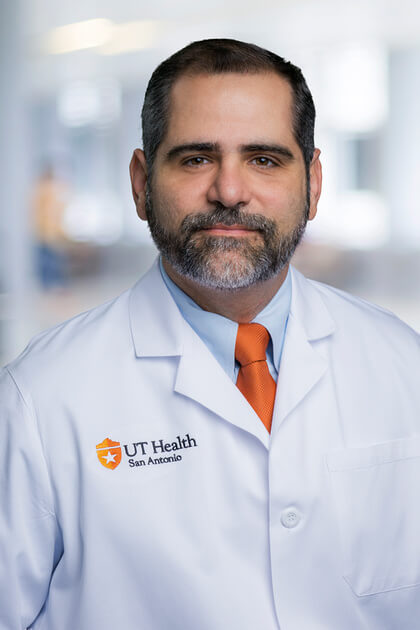Sinusitis affects 28.9 million Americans each year, afflicting its victims with headaches, a runny or congested nose, facial pressure and even dental pain. When the mucous lining of the nasal passages and sinus cavities becomes inflamed, sinus drainage is blocked allowing for the build-up of mucus and bacteria, viruses or fungi, causing infection.
A traditional toothache is generally isolated to individual teeth that may be sensitive to temperature changes or accompanied by swollen gums and pain while chewing. Dental pain from sinusitis occurs when the maxillary sinuses, located behind the cheekbones and above the teeth, are affected. In certain cases, when there is close anatomical proximity, it can result in the tenderness of multiple upper teeth that increases in intensity with a change in head position, such as bending over.
More than 40% of sinusitis infections in the maxillary sinuses originate as a dental infection, a condition referred to as maxillary sinusitis of dental origin (MSDO). Gum disease, fillings, sealants, dental implants and extractions are some common causes of MSDO. A related condition, called maxillary sinusitis of endodontic origin (MSEO), is distinct for originating exclusively from the infected roots of teeth

“Each person’s dental anatomy is different,” said Anibal R. Diogenes, DDS, MS, PhD, professor of endodontics at the University of Texas Health Science Center at San Antonio’s School of Dentistry. “Some patients have dental roots that extend right into their maxillary sinus cavity. This makes it easier for bacteria to pass from a diseased tooth into the sinuses or from infected sinuses creating inflammation around the tooth. “
Diogenes says that it’s difficult for general dentists and primary care providers to diagnose MSDO or MSEO as the cause for sinusitis because inflammation does not appear on a conventional x-ray. In fact, as many as 86% of cases can go undiagnosed.
“It’s important to get to the root of the problem and know exactly where the infection is originating from,” Diogenes said. “Patients can endure several rounds of antibiotics and even costly surgery with no relief if they have a dental infection that is being treated as something else or vice versa.”
Diogenes encourages anyone experiencing unusual tenderness around their teeth to visit their general dentist and ask to be referred to an endodontist, a root canal specialist.
“Not seeking timely treatment could lead to dangerous complications, such as chronic sinusitis, abscesses or orbital swelling,” he said. “In severe cases, the infection could even reach the brain — it’s rare but possible.”
Endodontists like Diogenes can quickly diagnose dental and sinus infections by using advanced imaging equipment and testing tooth health. They can treat dental infections or refer patients with suspected sinusitis to an ear, nose and throat specialist.
“The most common reason for sinusitis originating from teeth is a dental infection,” Diogenes said. “To address this is our major role. This is what we do: identify, treat or rule out any endodontic issue. Anyone unsure of where their dental pain is coming from is welcome in our chair.”
More information about endodontic services and how to make an appointment with a specialist can be found on the UT Dentistry website.


